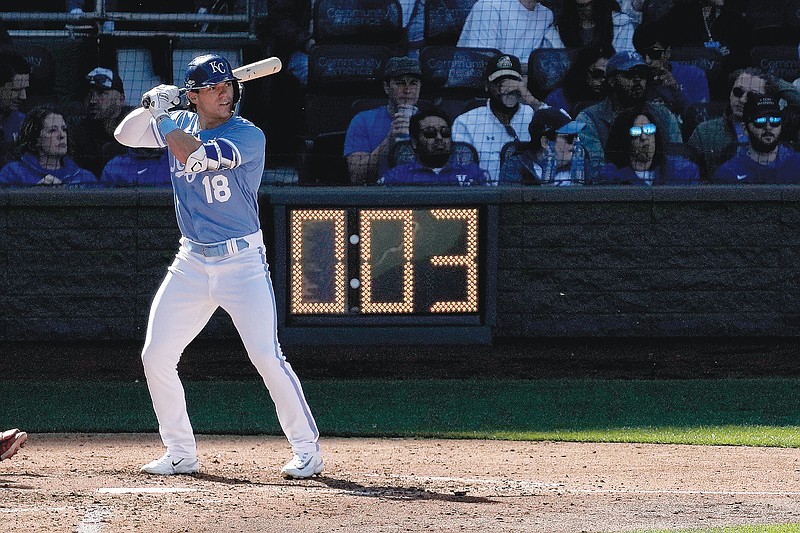The first series of the MLB season is almost complete and baseball fans are still trying to adjust to the new rules implemented this year to help speed up and help grow the popularity of the sport.
Between the pitch clock and the banning of shifts, feedback has been very split between long-time fans of baseball.
Personally, I think the new rules are a massive success and will have great long-term effects on the sport.
Just looking at Opening Day numbers, game times were down 22 minutes on average from last year. In 2022, the average game length on Opening Day was three hours and 11 minutes. This year: 2:49.
Pace of play has been a growing issue in baseball for almost my whole life. Between batters fiddling with batting gloves between pitches to pitchers attempting to pick off a runner six times in a row, it was not hard to figure out why baseball’s popularity was rapidly shrinking: there was way too much time between action.
With the new pitch clock, pitchers have 30 seconds to throw their next pitch in between batters, 15 seconds between pitches during an at-bat if no runners are on base with the time increasing to 20 seconds if there is a runner on.
Couple this with only being able to use a pickoff attempt twice an at-bat, the banning of defensive shifts and the increased size of bases, this MLB season promises to have action going at a rate we have not seen in many years.
I believe the reason why there has been so much opposition to the pitch clock is because no fan wants to see an at-bat, inning or game ended due to a pitch clock violation resulting in an automatic strikeout or walk.
Having outs or walks recorded without a pitch thrown is in no way visually pleasing to a viewer, this is true.
But the number of violations will go down as more time passes for these players to adjust that have never dealt with a pitch clock before.
The pitch clock was tested in the minor leagues last season and the learning curve was clear. In Week 2 of the 2022 minor-league season, there were 1.73 violations per game. By the final week of the season? Just .41 per game.
Give these players time to adjust and baseball fans will hardly even notice the pitch clock exists, outside of the fact that the game they are watching will be done almost 30 minutes earlier.
One misconception, though, is that these new rules will automatically increase offenses’ production.
Yes, there will be more base hits to right field from power-driven left-handed hitters, but teams have already found a way to manipulate using a shift still.
With the rules stating all four infielders must have both feet on the infield dirt at the time of the pitch, with two on each side of second base, teams like the Kansas City Royals and Boston Red Sox have already found a loophole: move the right fielder to the spot where the shifted infielder used to be in short right field and shift the other outfielders accordingly to leave left field vacated.
This gives the illusion that the shift still exists, but the only issue is that teams now have an outfielder attempting to field groundballs and throw runners out at first. Ask the Royals’ MJ Melendez how that worked on Opening Day.
Spoiler, it didn’t.
Another wrinkle to the plan of offensive production increasing with the new rules is pitchers being able to manipulate the pitch clock.
Veteran pitchers are always looking for an edge and the pitch clock has presented that. Batters are not allowed to take more than one timeout per at-bat, so the pace of every plate appearance will be dictated by the pace a pitcher wants to throw.
Don’t get me wrong, I get why some people are skeptical about changing the game of baseball. It has survived well over 100 years with little to no major rule changes and some people, including me, had no problem with how long games took.
But if the changes promise to bring more fans, and even more importantly, younger fans into fandom, there is no reason not to swallow your pride and adjust to the times.

